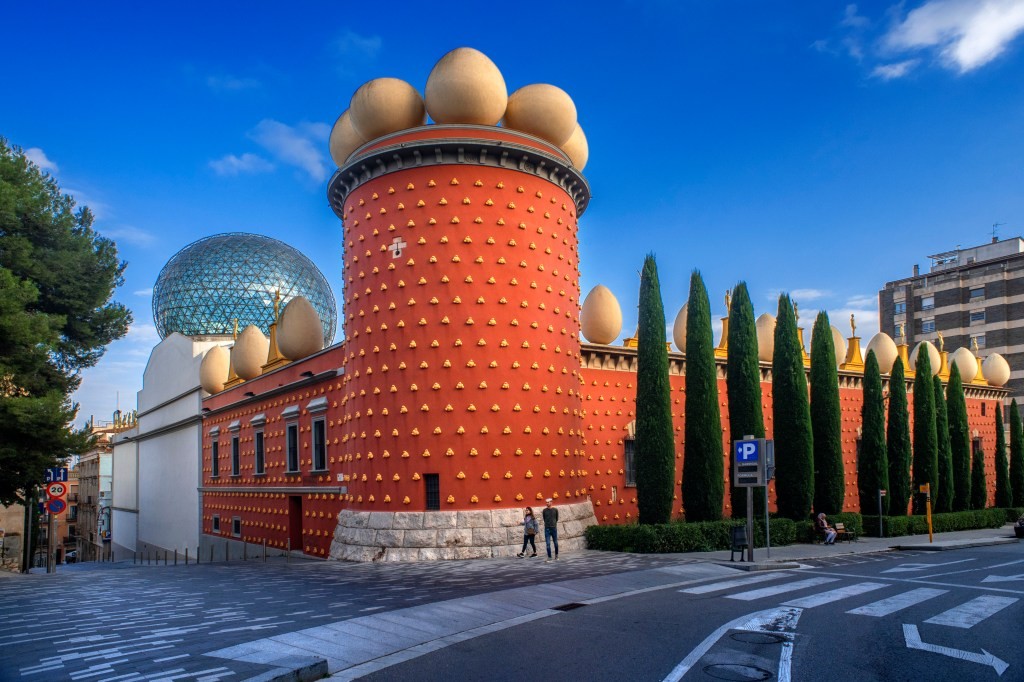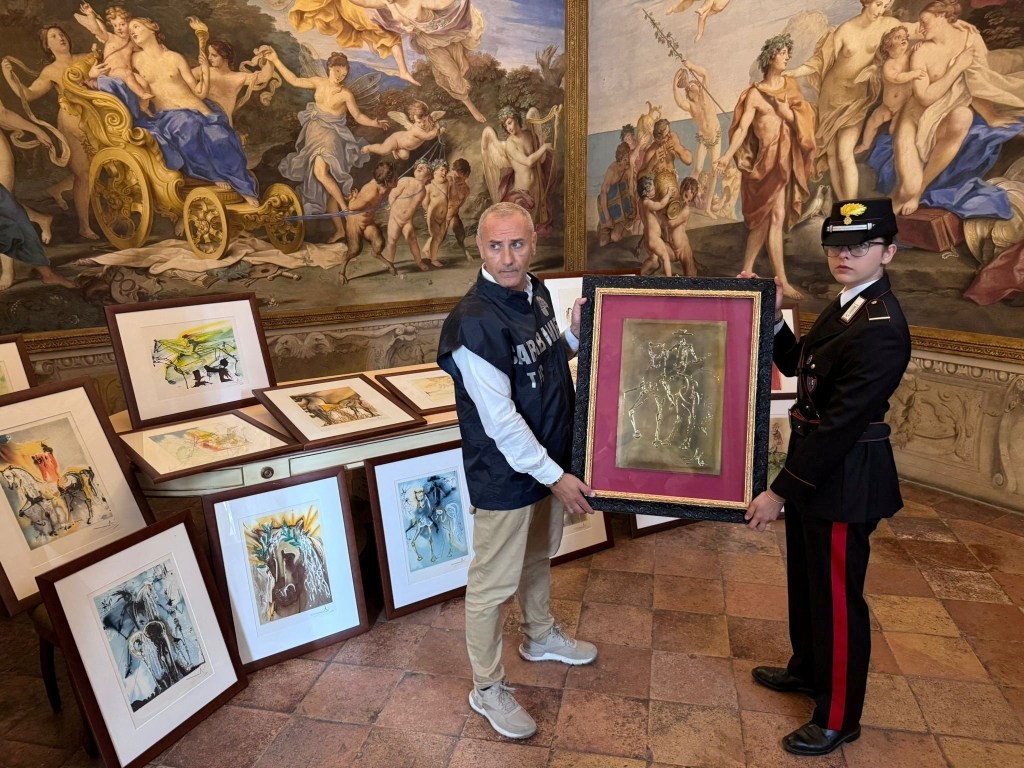Too good to be true: 21 Dalí works seized at Parma exhibit amid forgery alarm
Italian police seized 21 pieces they believe are counterfeit from the Salvador Dalí exhibit in Parma, 'Dalí, Between Art and Myth.' The works—drawings, tapestries and engravings—were removed as investigators questioned whether the collection could be genuine. The officers described the scene as "absolutely strange" and raised doubts that a Dalí show would feature mostly low-value pieces rather than major paintings. This seizure marks a major turning point from suspicion to formal action.

In This Article:
A routine inspection reveals a suspicious mismatch: no paintings, only low-value works
January: a routine inspection by the Carabinieri art squad, Rome unit, at the Museo Storico della Fanteria uncovered a disturbing mismatch. The display consisted mainly of lithographs, posters and drawings, with a few statues and other objects—no paintings of note. "It was difficult to understand why someone would want to organize an exhibition of such low-value works," said Diego Poglio, the senior officer leading the case.

Experts warn of a flood of fake Dalí lithographs
Art authentication expert Mark Winter explained that hundreds of thousands of fake Dalí lithographs have circulated since the mid-1970s. "In the art market nothing is more common than a fake Dalí lithograph," he said. He noted that the Parma case likely triggered by the expectation of a Dalí show where forgeries would be attracted. Winter traced part of the problem to Dalí himself: "He signed blank lithographic sheets instead of having them printed, boasting he could sign 1,800 sheets per hour and made $20,000 every morning before breakfast." He added that many 1970s Dalí forgeries have been reprinted by forgers who do not realize they are fakes, so the total number of forged Dalís in circulation today is probably around 300,000.

Foundation and investigators: a missing connection and the seizure
Police brought their suspicions to the Gala-Salvador Dalí Foundation in Figueres, Catalonia. The foundation confirmed it had not been contacted by the exhibition organizers. "Something didn't add up," Poglio explained. The foundation dispatched an expert team to Rome to inspect the works. After reviewing, they and prosecutors decided to seize the 21 pieces. Investigators say it is still in the preliminary phases and that technical and scientific tests will determine authenticity.

A global problem, and a warning to collectors
This case sits within a broader, troubling pattern: fakes flood the art market, especially in contemporary works. Poglio said the problem is global. In February, Rome police uncovered a workshop producing counterfeit Picasso and Rembrandt paintings for online sale. Authorities also suspect a Europe-wide forgery network replicating Banksy, Picasso, Andy Warhol and Gustav Klimt. The Parma seizure is a reminder that the art world remains vulnerable—and that truth can be stranger than fiction.

